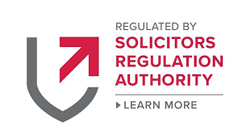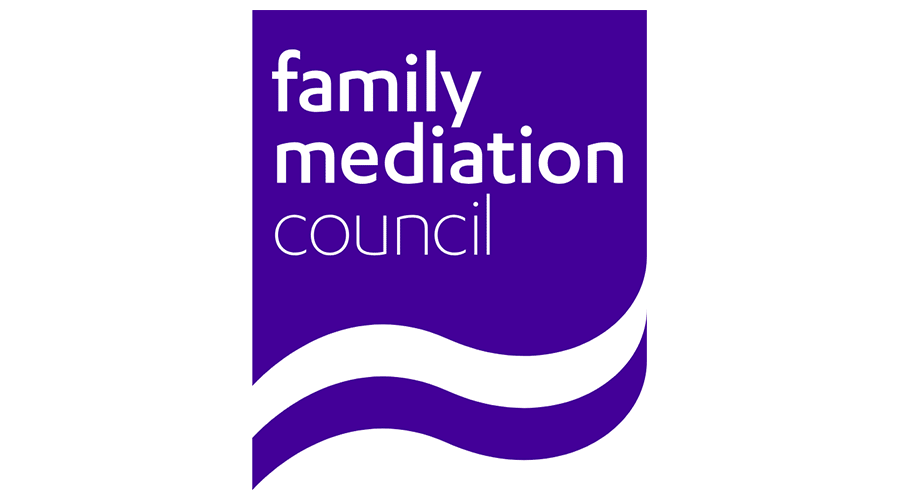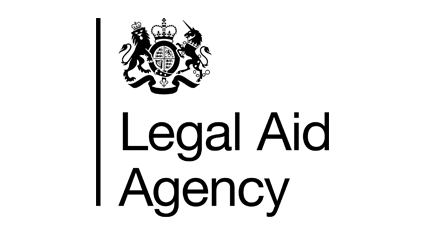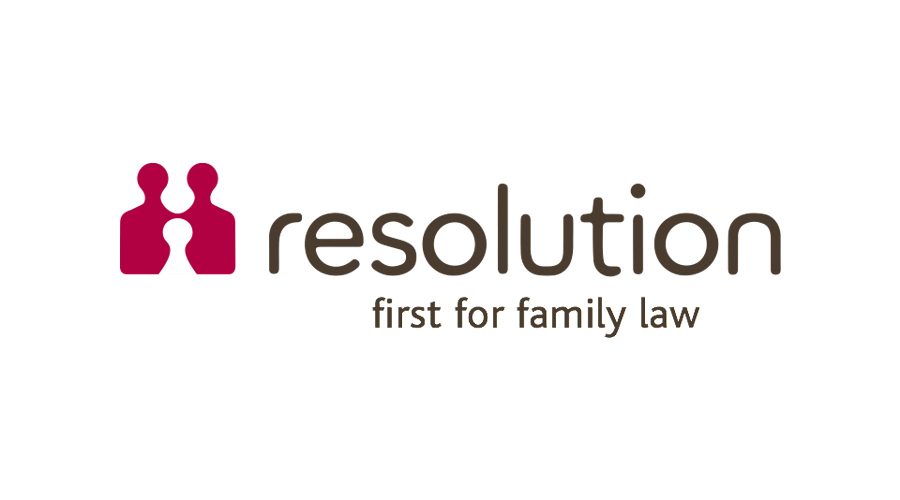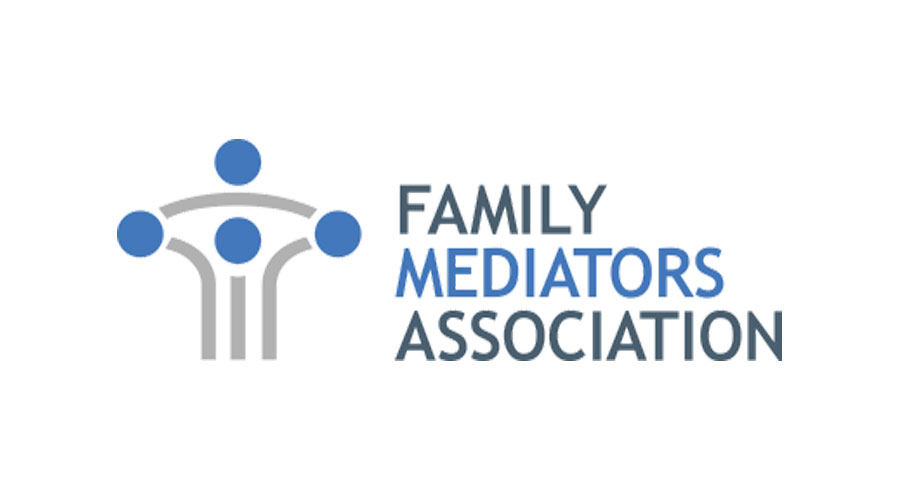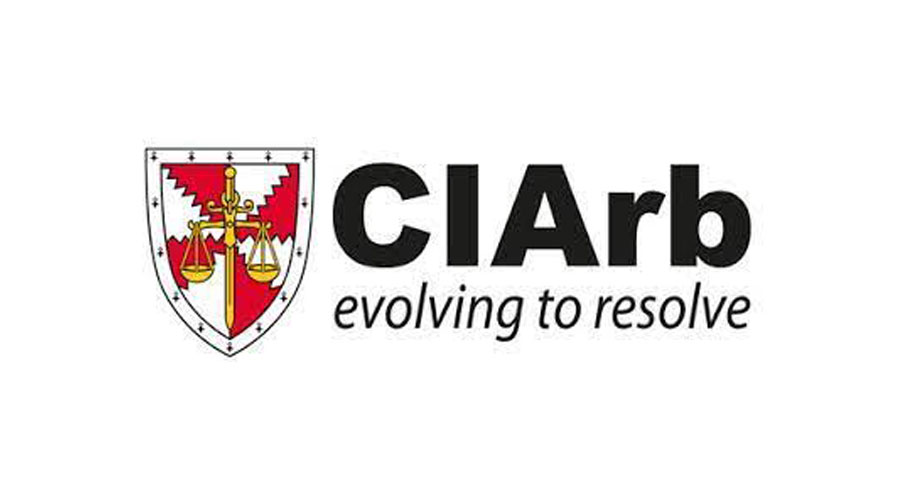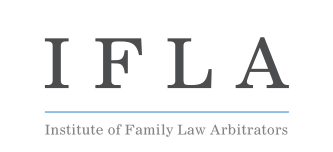Late last month, a significant shift occurred in family courts across England and Wales, bringing increased transparency to legal proceedings. New rules now allow accredited media outlets and legal bloggers to report on family court cases in much greater detail, as long as they adhere to strict anonymity guidelines. This marks a key change in how family cases will be shared with the public, with the presumption of a transparency order in all cases unless there are legitimate reasons for withholding it.
Debbie Bulmer, a family law lawyer and mediator at Family Solutions, described these changes as a major step forward. She highlighted that the transparency pilot, which had previously been trialed in Cardiff, Carlisle, and Leeds, was successful, paving the way for this nationwide rollout. “From now on, the media will be able to quote participants directly and include those quotes in their reports. There will be increased access to court documents, though with certain exceptions in place, and parties involved in cases can also now be interviewed,” she explained.
While the pilot program has already shown positive results, Debbie acknowledges that it’s still too early to fully assess the impact of the new rules. “We’ll need to watch closely to see how the press handles the reporting of family cases under these new guidelines. The rules are clear, but the media must be vigilant in following them to ensure accuracy and respect for the court proceedings,” she noted.
One of the key concerns surrounding these changes is maintaining the privacy and welfare of families, particularly children. Debbie stressed that, despite the increased transparency, these concerns must remain at the forefront of reporting, “it’s essential to protect vulnerable individuals while allowing the public to gain insight into the family court process.”
Interestingly, this move toward transparency could have a positive ripple effect. Debbie believes that as the legal process becomes more visible, families may feel more comfortable exploring alternatives to traditional court proceedings, such as mediation and arbitration. These alternative routes can offer a more private, less adversarial way of resolving disputes, which could be beneficial for everyone involved.
The results from the transparency pilot are promising, as there were no recorded breaches of anonymity. This sets an encouraging precedent for the future of open reporting in family law. However, Debbie reminds us that the new transparency rules are just one part of a broader shift in family law this year. Other major reforms are underway, including reviews on how financial assets are divided in divorce cases and anticipated changes to cohabitation laws.
“These reforms are crucial in ensuring that the family law system remains fair and just, reflecting the realities of today’s society,” Debbie concluded. As these changes take shape, it’s clear that we are at the start of a pivotal moment in family law, one that seeks to balance public access with the need for privacy and protection.
In the coming months and years, it will be interesting to see how these new rules evolve and how both the public and legal communities adapt to this more transparent era in family courts.

